Austrian Ducat Gold Coins
The Austrian 4 Ducat and 1 Ducat are gold coins with deep historical roots. These coins depict the royal House of Habsburg and their famous coat of arms. The Habsburg and Lorraine family are well known features in Austria, as they occupied the kingdom and land for a span of nearly 500 years, from 1438 to 1918. During the span of their rule, the Habsburgs didn’t reign for a period of three years. That was when Charles VII ruled from 1742 to 1745. Other than that, the Habsburgs were in charge. The Habsburgs were known for their long rule. They produced kings and heirs that went on to rule England, Bohemia, Germany, Ireland, Hungary, Croatia, Portugal, Italy, and Spain.
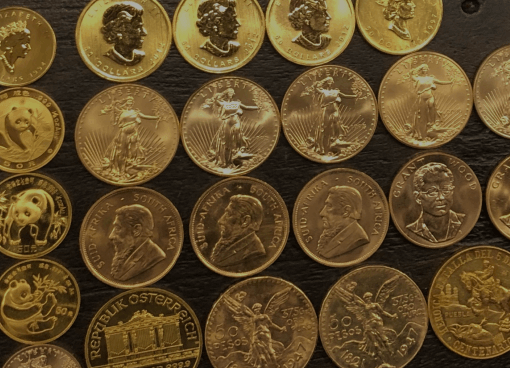
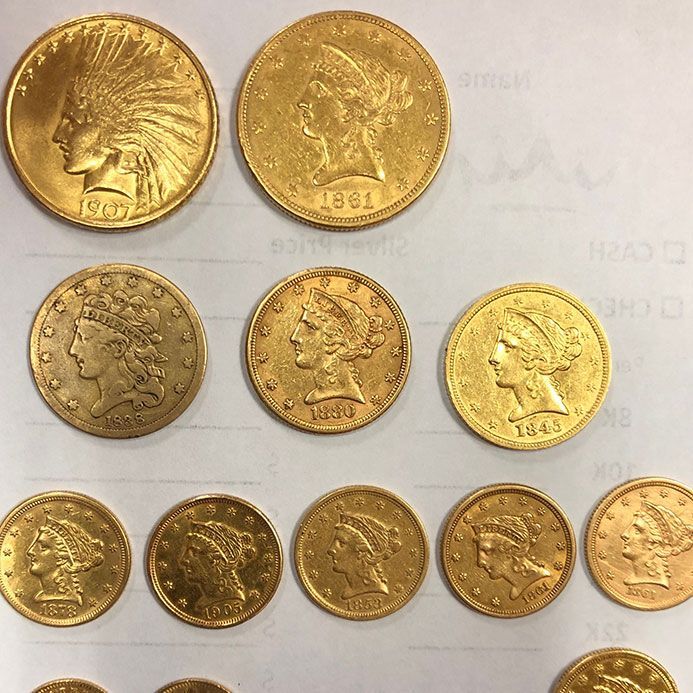
Specifications of the 4 Ducat
- Of a high purity – 0.987 pure
- Gold melt weight of 0.4431 troy ounces
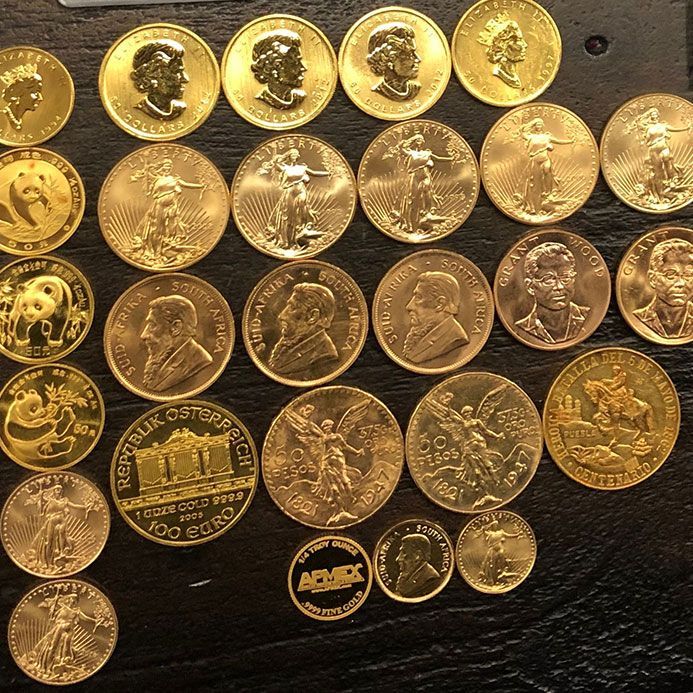
What is the History of the Austrian 4 Ducat Gold Coin?
The Austrian 4 Ducat coin features a double-headed eagle, also known formally as the Imperial Eagle. The bird is recognized as the symbol of the Holy Roman Empire, which the Habsburgs ruled over. Above the double-headed Imperial Eagle is a likeness of the Imperial Crown, which was worn by rulers from the House of Habsburg as they reigned the Holy Roman Empire during that nearly 500 year period. When the empire was dissolved, the crown of the House of Habsburg remained as the official crown and crest of Austria.The Imperial Eagle is significant because it holds the crown jewels, known formally as the Imperial Regalia. Most famously, the Eagle holds the Imperial Sword, a symbol of strength and fortitude that was used during coronation procedures. The Imperial Sword holds the Imperial Orb, which is a Habsburg family symbol of divine right.
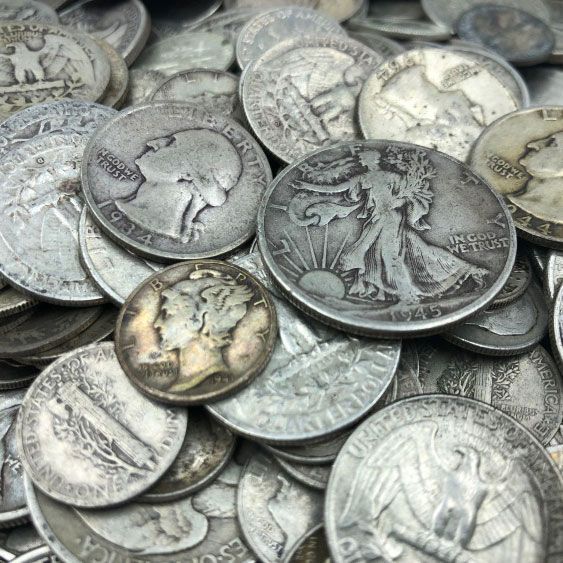
How did the coin get its name? Firstly, the word “ducat” is derived from the medieval Latin term, “ducatus,” which means “of relation to the dukedom or duke.” The coin was originally meant to be the “duke’s coin” or the “duchy’s coin.” These coins were traded throughout Europe during the medieval times, all the way to the late 20th century. This family of coins has a long and storied history. First produced in 1140, gold ducats changed often during the Middle Ages, whether with new inscriptions or likenesses and depictions. That said, some of the most common coins from this coin family can be bought on the market today. One of the common versions of the coin features the profile of Franz Joseph I, the emperor of Austria-Hungary. The ruler was born in 1830, and died in 1916.
The Austrian 4 Ducat Gold Coin of the relatively modern day is a throwback to the famous Austrian 100 Corona and Austria 1 Ducat of long ago. The coin is of a very high purity – it’s 0.987 pure. It has a gold melt weight of 0.4431 troy ounces.
What are the Benefits of Collecting the Austrian 4 Ducat Gold Coin?
- It is produced by a sovereign government, which means that its production, purity and weight are guaranteed by that government
- The Austrian 4 Ducat Gold Coin is collected worldwide
- The price of these coins fluctuate directly with the price of gold worldwide
- No Federal Form 1099B is required when buying or selling this coin
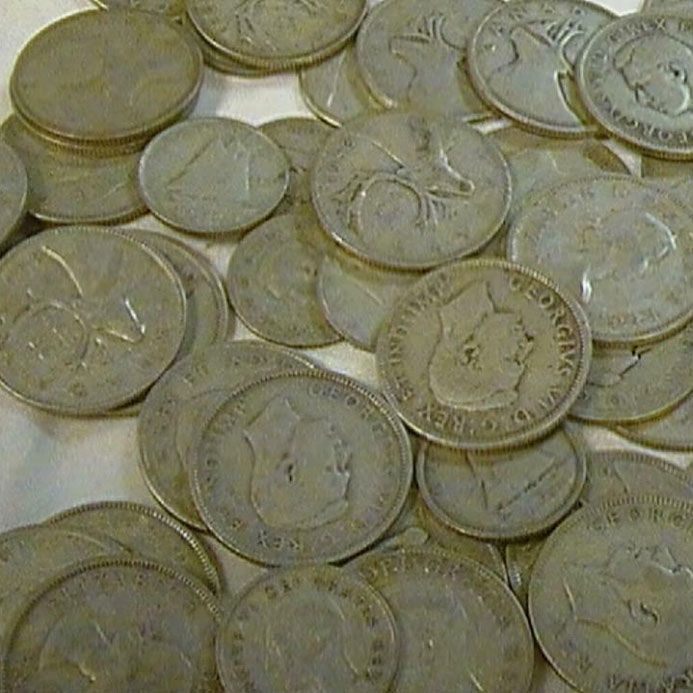
Can I sell my Austrian 4 Ducat Gold Coin?
Yes. These coins have high historical significance because the ducats were produced beginning in the 1100’s.The coins feature the Habsburg royal coat of arms, which is a very traditional symbol of European royalty. The best bet is always to work with a respectable dealer to get the best value for your coin. A dealer will get you the best price for your coins and they’ll let you know the story behind the coin. These coins are not only valued for their metal content but also for their historic significance.
Can I purchase an Austrian 4 Ducat Gold Coin?
Yes. Get the best deal by working with a known buyer. These coins are valuable. Collectors enjoy these coins and seek them out because of their historical significance. That’s why it’s great to work with a respectable dealer or buyer who’s going to get you the best coin for the best value.
